Review of passive components from Murata
Japanese brand Murata is one of the leading global suppliers of electronic elements. In its portfolio, you can find basic components, such as thermistors or MLCCs, and specialist compact filter systems.
Products by Murata have been included in the TME catalogue relatively recently. They have become popular almost immediately, mostly thanks to the well-known brand and high quality, which is their most important asset. In our catalogue, you can find various passive components. The vast majority of these products can be ordered directly from our warehouses. With high stock levels, we can guarantee immediate shipment without any delays.
In this article, you will read about:
- Miniature capacitors from Murata
- Applications of SMD inductors in modern electronics
- The role of ferrites in the stabilisation of power lines
- SMD thermistors for temperature measurement applications
- Advantages of ceramic oscillators
- Efficient and quick communication with peripheral circuits
Overview of capacitors
Among the Murata capacitors we offer, there are three major groups of products: (SMD) MLCCs, (THT) ceramic capacitors and miniature hybrid components.The largest group among these comprises typical capacitors that are commonly used in compact electronic circuits. What distinguishes Murata products from products sold by other sellers is obviously their durability and neat workmanship. As the service life of capacitors often determines the defect-free operation of entire devices, these components from the Japanese brand will be the best choice for those manufacturers of electronic equipment who put emphasis on quality and reliability of their products. The MLCCs (Multilayer Ceramic Capacitors) from Murata are intended for voltages from 2.5 V to 3.15 kV (depending on the model) and offer capacitance from 0.1 pF to 330 µF. Selected series can operate in temperatures up to 150°C. It also needs to be emphasised here that the manufacturer offers high precision elements (e.g. ±1%).
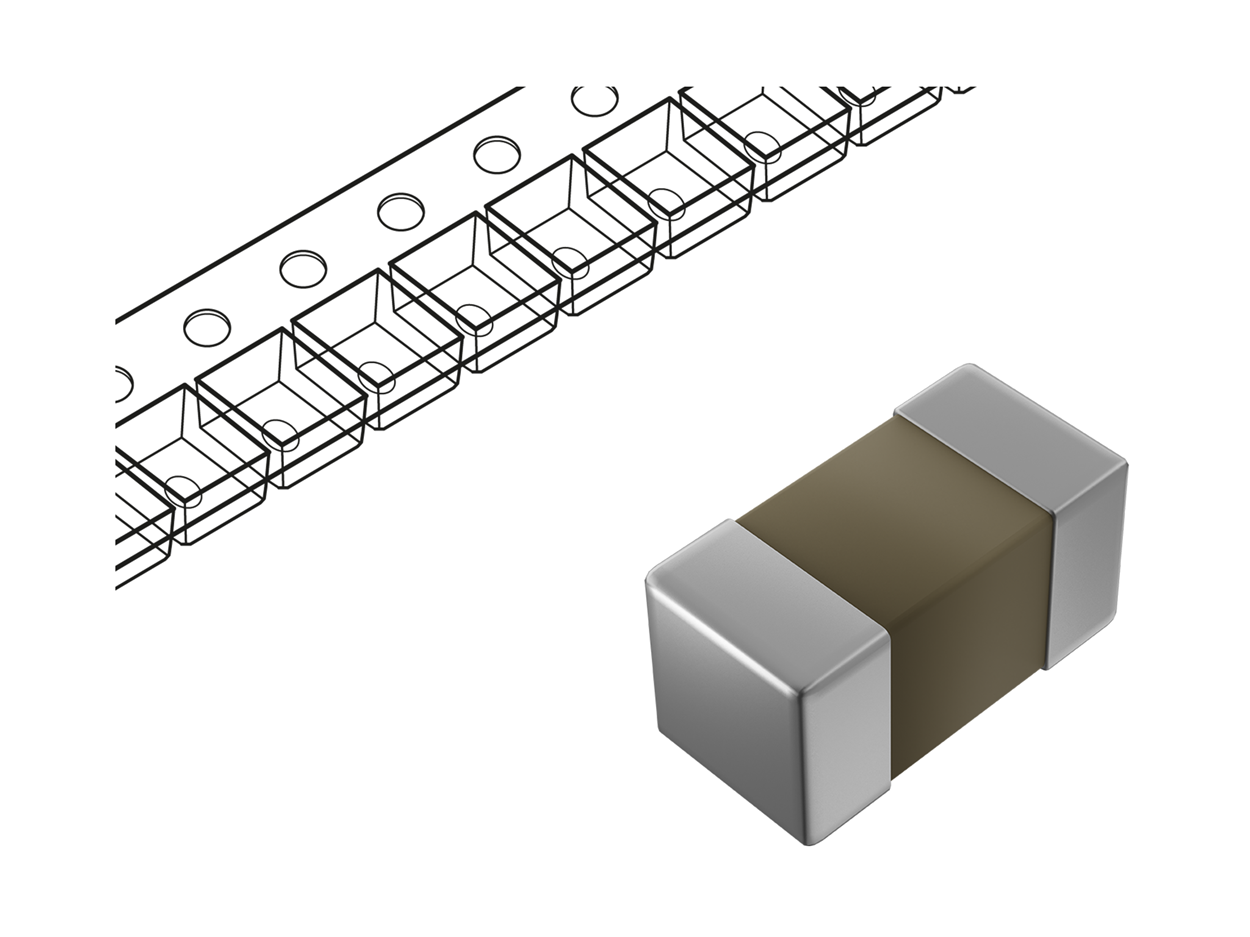
GRM033C80J104KE15D
MLCCs
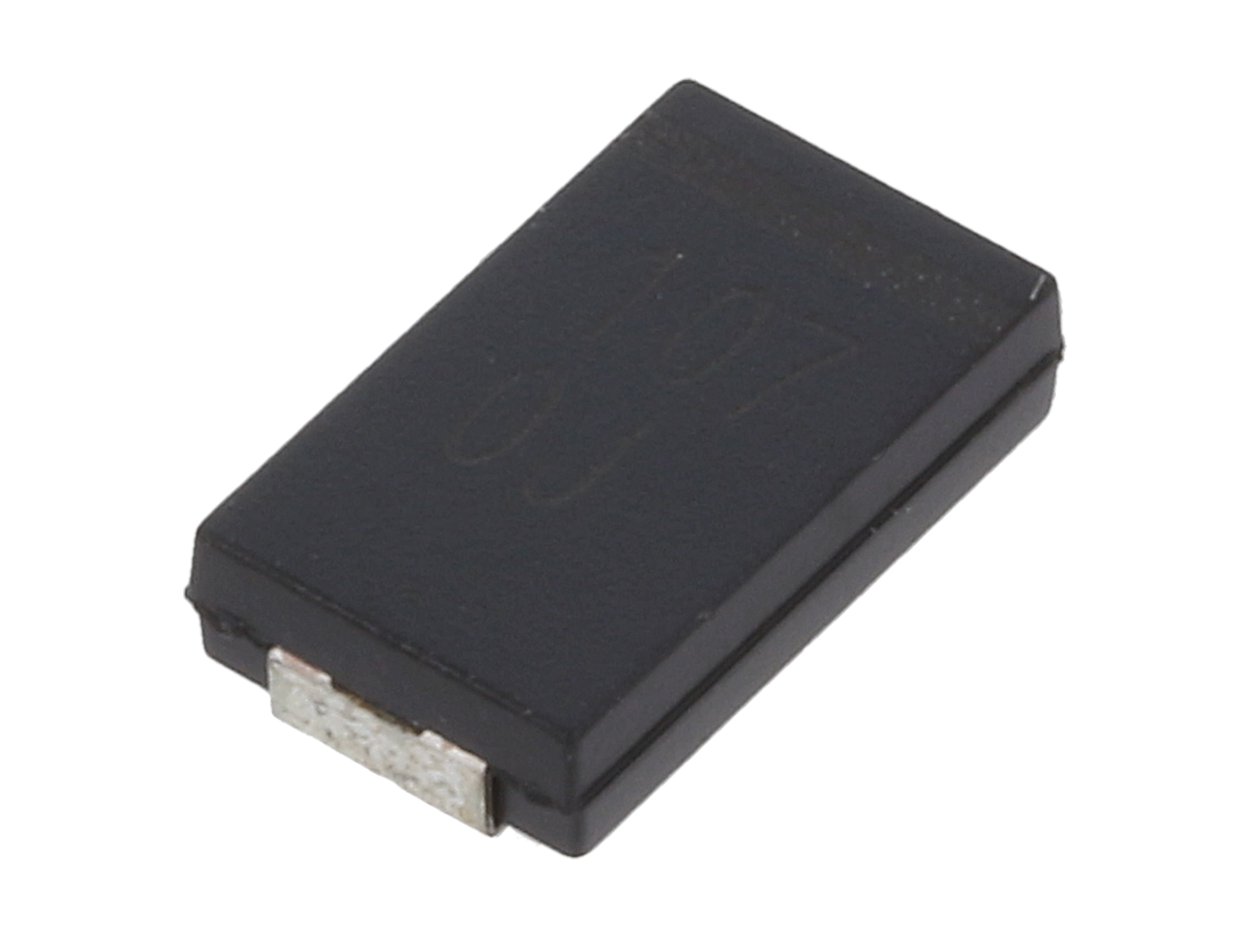
Hybrid SMD capacitors
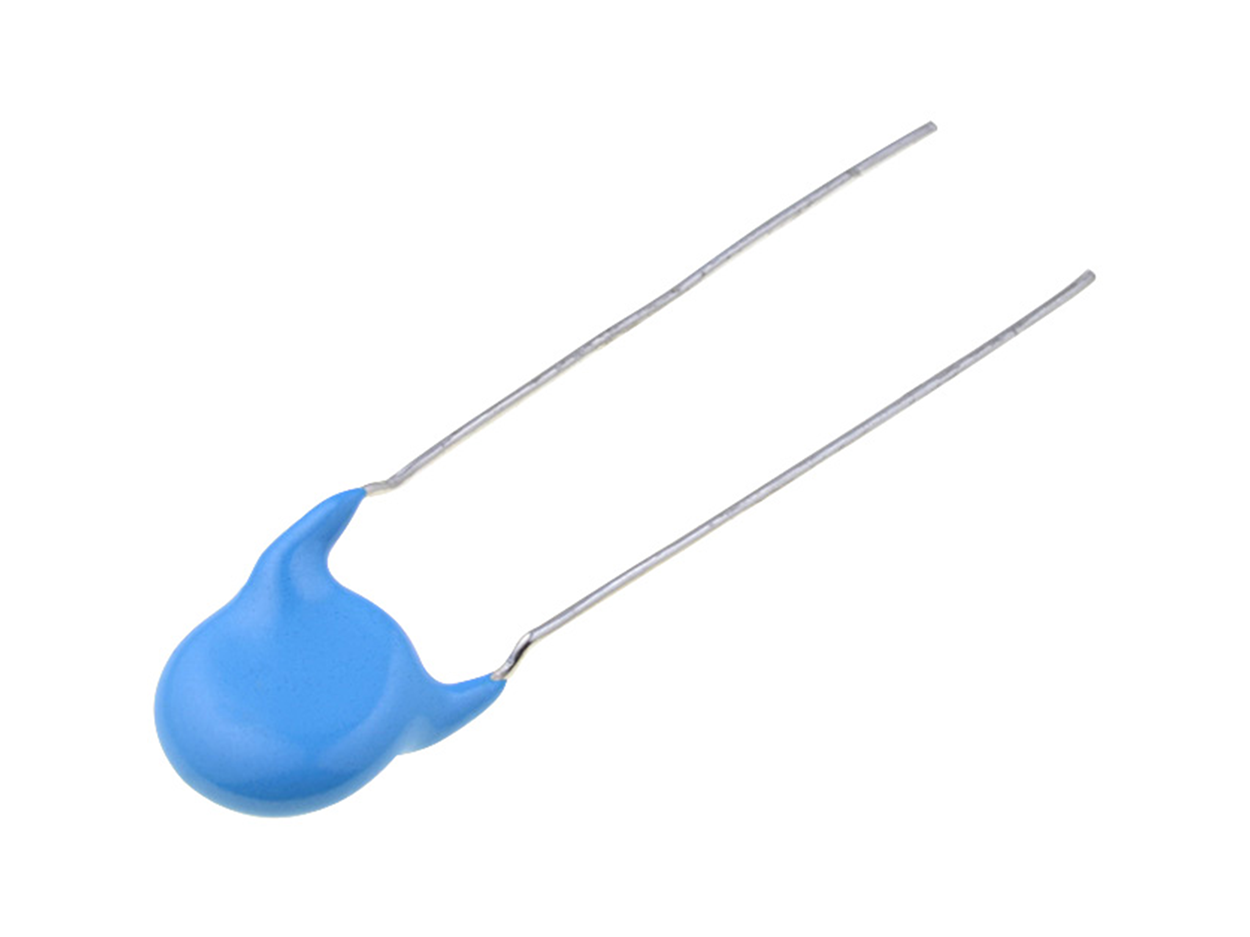
DE2E3KY222MN2AM01F
Ceramic capacitors
The ECAS series of hybrid capacitors uses electrolytic-polymer technology, thanks to which they offer low impedance and low equivalent series resistance (Low ESR), and hence the ability to suppress high ripple current. Despite the exceptionally low profile and small size, they are suitable for currents up to 3.5 A. Such components are perfect for motherboards for processors with high computing power in power supply systems, current filters etc. The third important group of products includes the DE1 and DE2 series of ceramic capacitors. They are classic THT elements suitable for currents up to 1 kV, available with capacitance from 1 pF to 47 µF. Owing to their good electric parameters, they are still often used in many devices powered by mains voltage, power supplies, filters and converters.
SMD inductors
Inductors are among the most common inductive electronic components. Above all, they are used to filter currents and in impulse circuits. In fact, they are miniaturised coils, which store energy as an electromagnetic field, and thanks to that they provide to the receiver resistance to short-term fluctuations in the power source caused by external factors or by the operation of other components. They are also used in motor drivers, where they improve the controller’s performance. Because of a vast range of applications (varied in terms of electric parameters, frequency etc ), as well as diverse requirements concerning the size, Murata manufactures SMD inductors in package sizes from 0603 up to 6363 (according to the metric scale), which are characterised by inductance from 300 pH to 22 H. They are manufactured using different technologies, as air coils, wire-wound coils, ferrite coils, and film coils. Selected models are available with the tolerance level of ±1% .
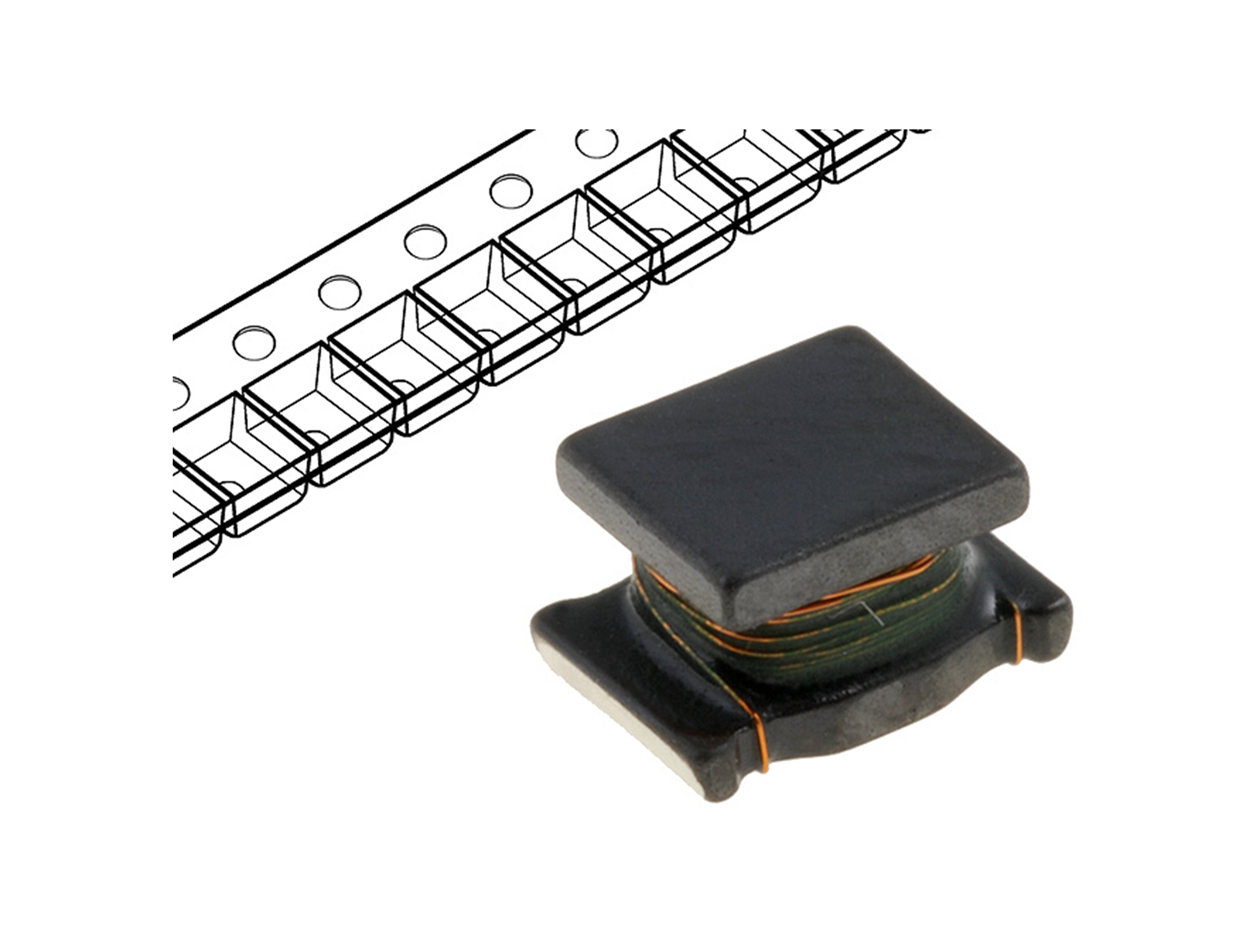
LQH4N-560 Wire inductor manufactured in package sizes facilitating surface mounting.
Ferrites, or “beads”
Ferrites, sometimes referred to as “ferrite beads”, are inductors for suppressing interference in power supply lines. They can often be found on the cables of popular interfaces, such as USB, which supply power to the connected receiver. These elements are also available as miniature SMD components. Because they are selected depending on the parameters of a particular connection (e.g. frequency of the transmission lines and expected interference), ferrites are manufactured in many sizes. They are most often used with a capacitor, and together they serve as a filter. Such a circuit is necessary especially in the case of complex devices that are sensitive to voltage fluctuations that occur in power supply lines (sensors). Murata delivers SMD ferrites in package sizes from 0201 up to 1806, with the impedance (at 100 MHz) from 0.03 Ω up to 2700 Ω.
Thermistors for temperature measurement applications
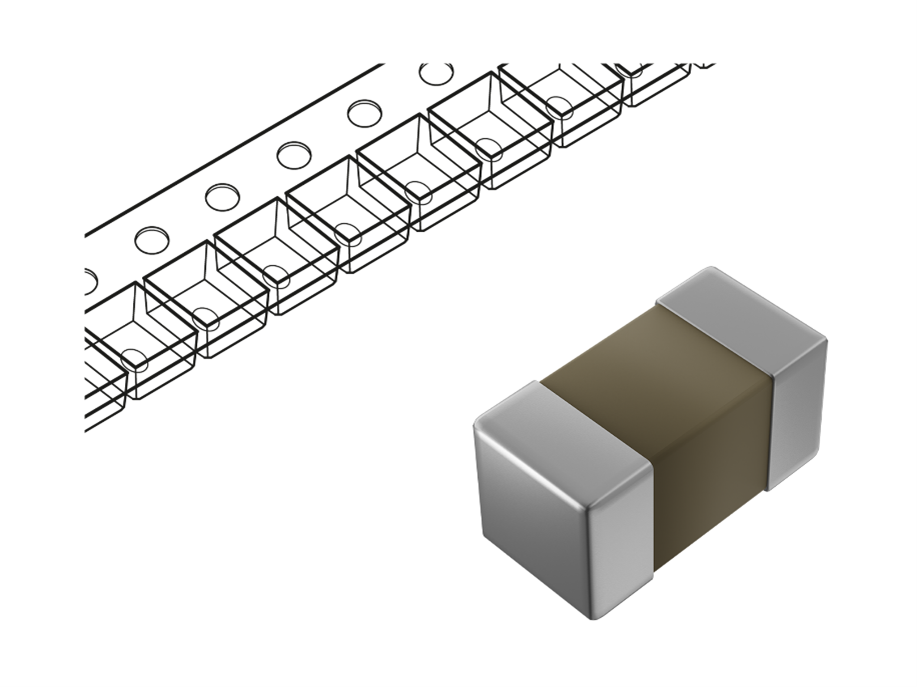
NCP15WB473F03RC
Murata NTC thermistors are available in the 0204 package size.
Thermistors, are elements that change their resistance proportionally to temperature. As this dependence can be described in precise terms, they are used e.g. for the measurement of thermal characteristics or in the systems designed for switching on the cooling/heating elements in certain pre-set conditions. Murata manufactures thermistors as precision components (tolerance of even 0.5 %), in housings whose package sizes range from 0204 up to 2021. They are NTC (Negative Temperature Coefficient) elements, and their resistance decreases as the temperature rises. Owing to the simple design and small size, thermal sensors based on the thermistors can be easily implemented in various consumer and industrial devices, offering relatively high precision of measurement, which is performed with a small-sized circuit, with a low cost of implementation.
Ceramic resonators
In the era of digital electronics, microprocessors started to play the key role in the majority of drivers and controllers, regardless of the area in which a particular device is applied. Digitalised control is now a standard in consumer, medical and industrial devices. Obviously, digital units require a stable and resistant clock signal for proper operation. Ceramic resonators are often the source of the clock signal. They have a couple of assets, including the small size and low temperature coefficient for temperatures ranging from -20°C up to 80°C. The latter is around 10-5 for 1°C in the case of Murata products (CERALOCK® series). The manufacturer offers both elements for classic through-hole (THT) mounting and SMD components. The Murata resonators are designed for generating signals from 3.686 MHz up to 48 MHz, which meets the needs of most applications. It’s worth emphasising here that selected components can work in the temperature in the rangefrom 40°C up to 125°C and offer tolerance of even 0.07%.
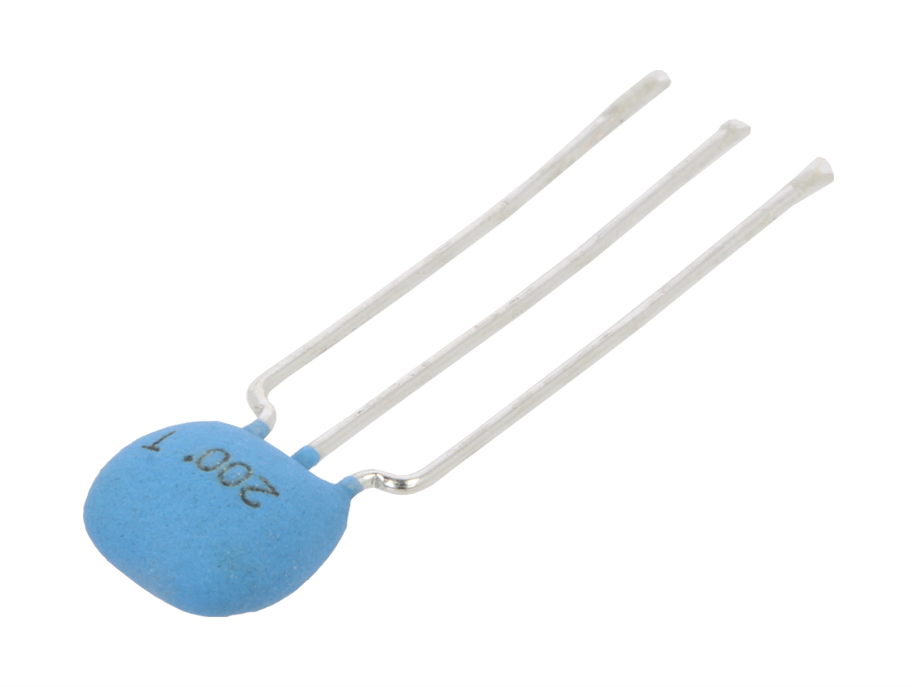
CSTLS20M0X53-A0
Ceramic resonator from the CERALOCK® series in a THT case.
Anti-interference SMD filters
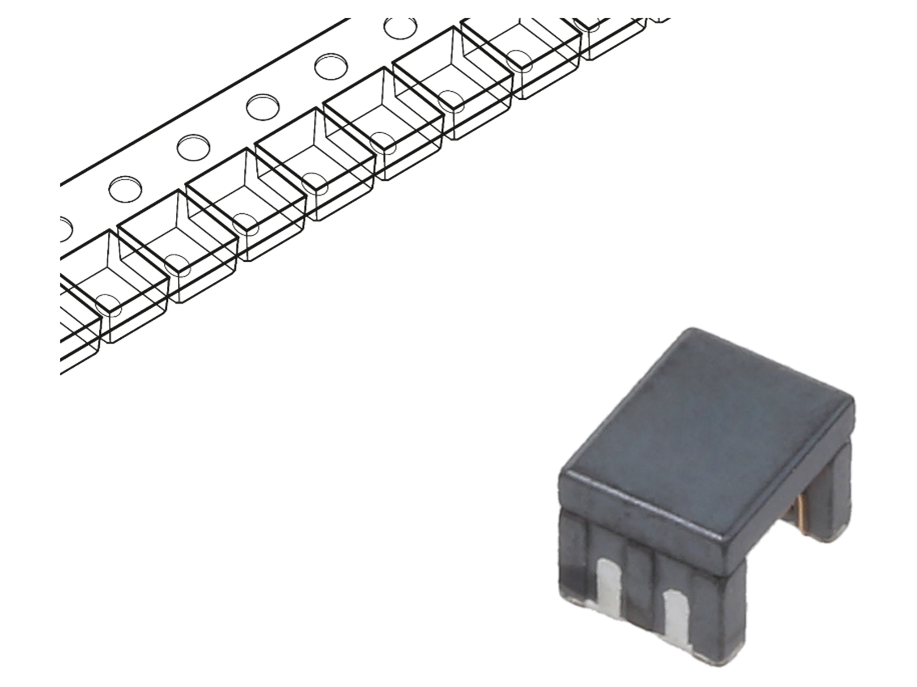
DLW32MH201XK2L
Miniature anti-interference filter isolating the circuits.
The products described above are designed in particular for optimised power supply systems. On the other hand, miniaturised interference filters have a different function – they provide the best possible signal quality on the communication lines for e.g. quick data transmission between devices (USB connection) or inside devices, between various modules or components (control of LCDs, I2S buses etc.). Manufactured as universal compact SMD circuits, Murata filters are designed for a variety of applications, which means that they are suitable for IoT devices (Internet of Things), as well as laptops, desktop computers or their peripheral devices. The operating voltage is highlighted in their specification (from 5 V up to 100 V DC), along with the testing frequency (from 100 kHz up to 100 MHz). The circuits described here offer high thermal resistance, as well as resistance to the signals using significant currents (up to 6 A). The filters can also be used to isolate external and internal circuits, and they can operate as miniaturised transformers.










